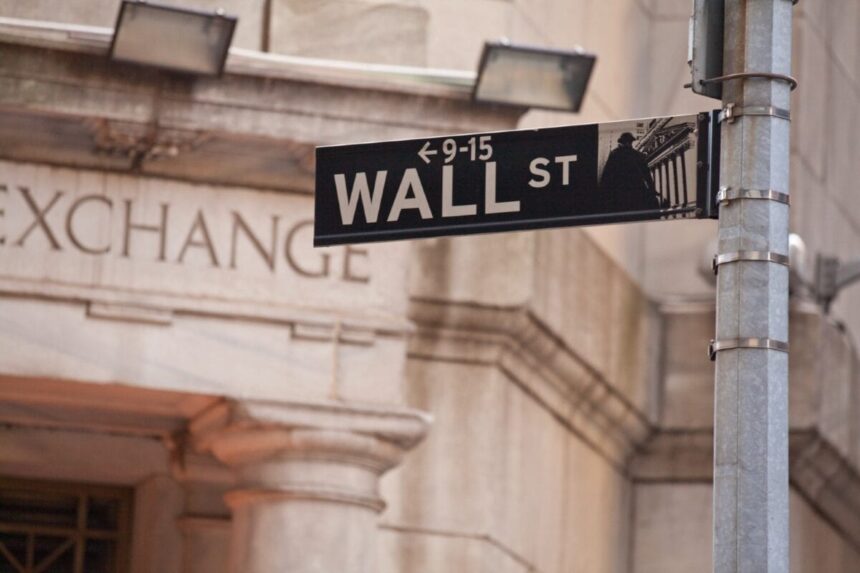Image Source: Getty Images
Since the beginning of the year, S&P 500 It’s only 2%. In contrast, we ourselves FTSE 100 Leading Share Index It rose 7% over the same period.
It may be surprising given how often we hear about the performance of the US market while we feel that the London exchange is neglected. Certainly, Fintech was listed in London this month. wise It announced plans to shift the main stock market list to the other side of the pond.
So, should I keep looking for cheap FTSE 100 shares to buy? Or will it be the moment when I shift my focus to the S&P 500 stock?
The UK market remains attractive
There has been a long gap in valuation between New York and London.
Even after the rise seen in the FTSE 100 over the last few months, its average price-to-profit ratio is around 13. Compare that with comparable numbers for the S&P 500-29.
In reality, things may be even more subtle. For one, the index contains different shares. The S&P 500 includes something like a fast-growing high-tech giant nvidiawhich could attract more racist ratings than the components of the FTSE 100, which have a weak growth outlook.
Another thing investors should consider is whether the valuation gap is justified and sustainable. London is less liquid than New York, and its companies have a weaker rating for longer than their state peers. As an investor, I like it so much: it helps me pick up bargains. But it helps to remember that just because something appears to be underrated doesn’t mean it will be appreciated pretty quickly (or ever).
I’ll stick to what I know
Warren Buffett always emphasizes the importance of sticking to what investors understand. Putting money into something you don’t understand is not an investment, it’s just a guess.
As investors, we tend to have lawn benefits when it comes to valuing companies. It’s easier to pop Tesco or j Sainsbury To get a more business feel than the equivalent of the S&P 500 Walmart or General Dollar.
That doesn’t mean I will never invest in US companies. After all, today’s information is widely available. But I think it’s easier for UK-based investors to find opportunities in the home market than foreign investors, without putting in more legs than foreign investors.
UK shares I’m excited about
An example is JD Sports (LSE:JD). One of its main suppliers is Nike. The S&P 500 footwear maker has been struggling recently, with its share price falling 36% over five years.
JD Sports feels ripple effect. At the same time, its own stock price fell by 40%.
In my view, the continued weak demand for Nike shoes is the risk of revenue and profits for JD Sports.
However, JD Sports stocks trade eight times the revenues, which is undervalued to me. Although it is a London listed company, it operates large business in the US and many other global markets. If the sales momentum is strong, I think the stock price could rise.
The business model is proven and highly profitable. It benefits from economies of scale, but its strong brands and exclusive products help set it apart from its competitors.


